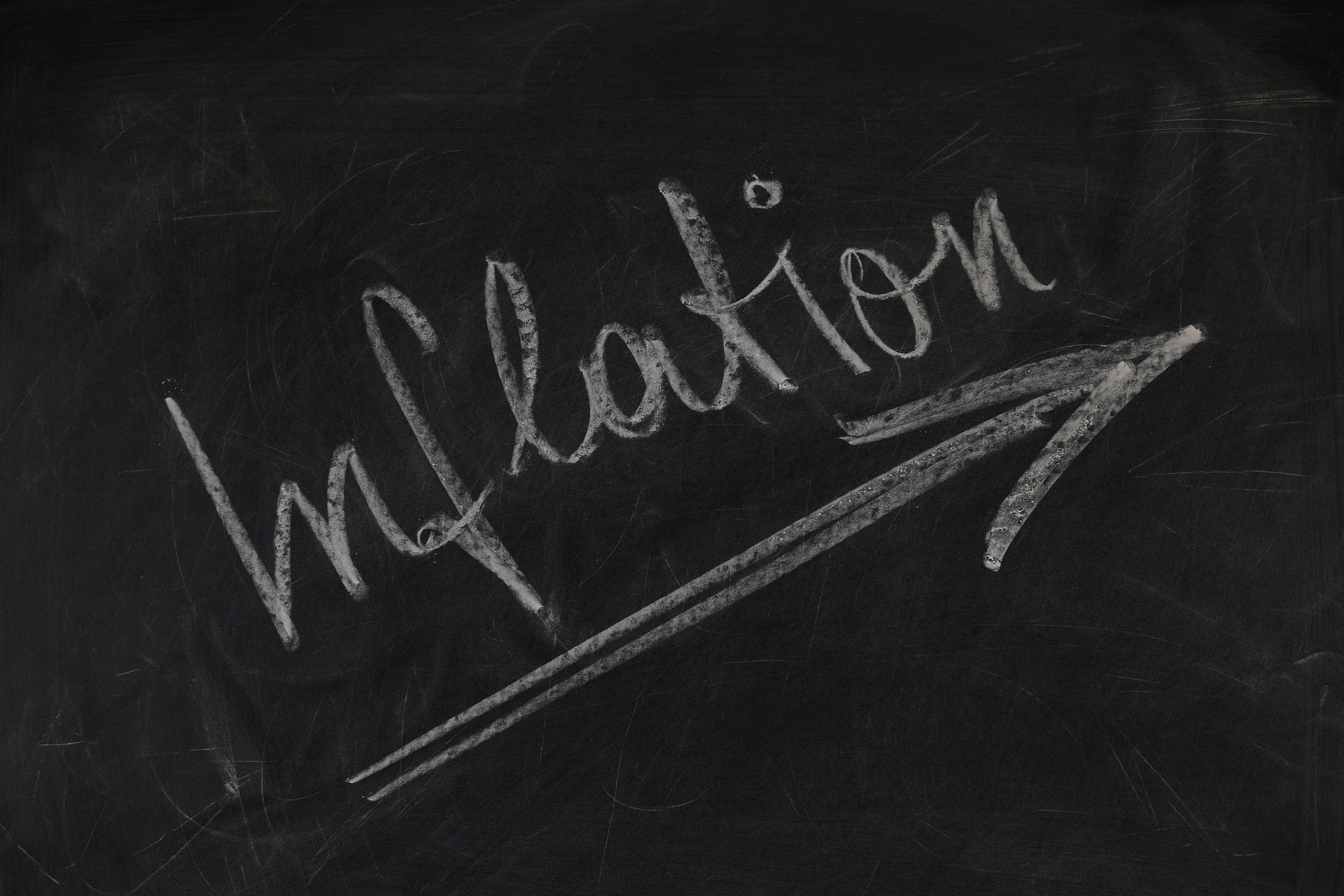The global economy is not only facing the challenge to fight the pandemic induced jobless but also inflationary headwinds. The report by the United Nations says that we are living in a time of decade-high inflation, where filling up plates is becoming a strenuous task like never before.
Global food prices have hit a high record over a decade after rising by over 30% in the last year, the United Nations Food and Agriculture Organization (FAO) says.
The agency’s figures suggested the skyrocketed prices of cereals and vegetable oils around the world.
Vegetable oil prices have been extensively expensive after rising by almost 10% in October. The price of wheat has been up by 40% in the last 12 months after Canada, Russia and the US -the major exporter observed poor harvests.
What are the causes behind the hike in prices and what does inflation actually mean?
What Is Inflation?
Inflation is a time when the purchasing power – the capacity to buy, declines of a given currency over time. The increase in the average price level of a basket of selected goods and services in an economy over time are the indicators that help in calculating a quantitative estimate of the pace at which purchasing power declines. A rise in the overall level of prices, which is frequently stated as a percentage, signifies that a unit of money now buys fewer units compared to the earlier time.
For example: In 2002, a homemaker was able to buy one kg of tomatoes at Rs 5 per kg, But, in 2021, the same amount of tomatoes are coming in at Rs 80 per kg. Why?
As a currency diminishes in value, prices rise and it can afford lesser goods and services. This loss of purchasing power influences the overall cost of living for the general people, resulting in a slowdown in economic growth.
To combat such a situation, the competent monetary authority in a nation, such as the central bank, takes necessary steps to regulate the supply of money and credit to maintain inflation within acceptable boundaries and the economy functioning smoothly.
Why Are We Facing Price Hike Commodities?
The Covid-1 pandemic has led to supply chain disruptions, which was reflected in the earnings of any of the companies’ earnings reports. This has led to an increase in factor of production – input costs have spiked albeit with increasing political tensions globally.
The rise in prices of oil and petrol has resulted in pushing up the cost of freight and transportation; adding up to the cost of finished goods.
In the earnings report, Hindustan Unilever Ltd also talked about their sagacious move to hedge against inflation. It said that “We continue to invest behind building our brands, portfolio and future-fit capabilities. Our focused actions on Net Revenue Management and savings have enabled us to manage inflationary pressures and deliver a healthy bottom-line performance.”
At the time of announcing the financial report, Sanjiv Mehta, Chairman and Managing Director said: ‘September quarter witnessed a sequential improvement in trading conditions, albeit remained challenging with unprecedented levels of input cost inflation and subdued consumer sentiments.”
 October Inflation Rate:
October Inflation Rate:
India’s October retail inflation crawled up on a sequential basis due to a marginal rise in food prices combined with high fuel and commodity prices.
As per the data furnished by the National Statistical Office, Consumer Price Index (CPI) rose to 4.48 percent from 4.35 per cent in September 2021.
However, on a year-over-year basis, the increase in the retail inflation observed last month was slower than the 7.61 per cent rise in October 2020.
From a macroeconomic point of view, this data is essential since retail inflation stayed within the Reserve Bank of India’s target range of 2-6 percent for the Consumer Price Index (CPI).
Last month, the CPI Urban inched up to 5.04 percent from 4.57 percent in September, while the CPI Rural decreased to 4.07 percent from 4.13 percent.
NSO data shows that the Consumer Food Price Index rose to 0.85 percent in October from 0.68 per cent in September.
The CFPI readings measure the fluctuations in retail prices of food products. In terms of CPI YoY inflation rate, pulses and products’ prices climbed up by 5.42 per cent in October 2021.
Apart from this, meat and fish prices inched up to 7.12 per cent, however, eggs became cheaper– at 1.38 per cent, and the overall price of food and beverages category rose1.82 percent whereas oils and fats prices increased 33.50 per cent.
Despite the soaring rates of vegetables on the ground level, the data showed the vegetable prices to decline by 19.43 per cent.
Additionally, the inflation rate for fuel and light stood at 14.35 percent.
Clothing and footwear showed a speed up to 7.53 per cent. Besides, the government of India has decided to increase the GST rate to 12% on apparel, textile and footwear, which will weigh the burden more on consumers’ pockets.
“Despite base effect, still-high fuel costs, input cost pressures and seasonal turn in some food prices in coming months etc. could even see inflation rise towards more than 6.2 percent later in the fiscal year,” said Madhavi Arora, Lead Economist, Emkay Global Financial Services.
“We revise our forecast by 25bps to 5.5 per cent for FY22, as we reckon supply-side bottlenecks, higher imported commodity inflation and high pump prices would pose a countering upside pressure on inflation.”
According to Aditi Nayar, Chief Economist, ICRA, “The uptick in the YoY CPI inflation in October 2021 relative to the previous month, while mild, was pretty broad-based, with the hardening in the inflation for clothing and footwear, and miscellaneous items suggesting that reviving demand is nudging producers in some sectors to pass through the input price pressures, resulting in a pickup in the core inflation to 5.8 per cent in that month.”

